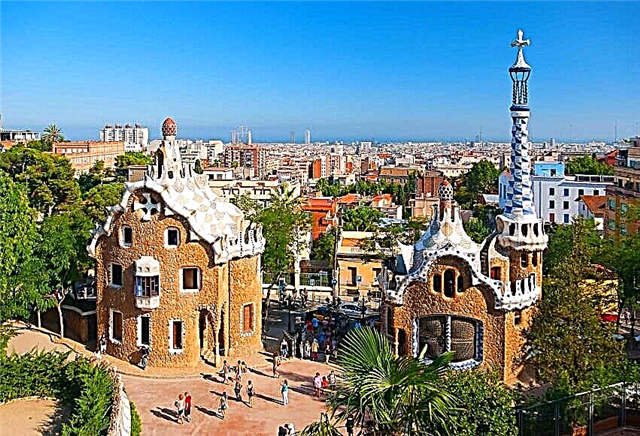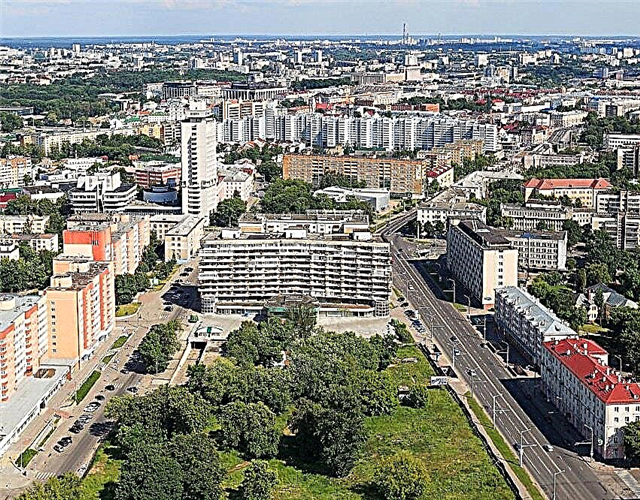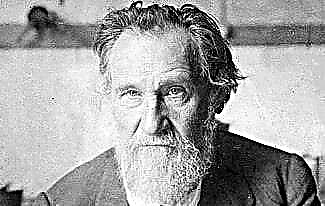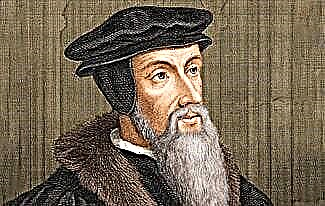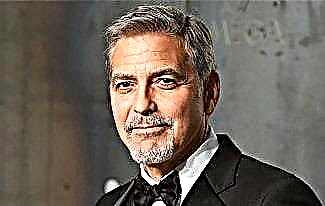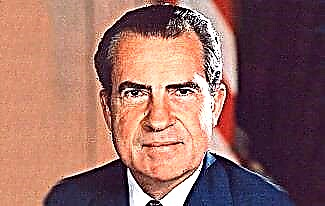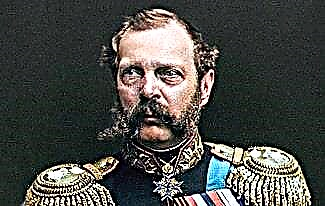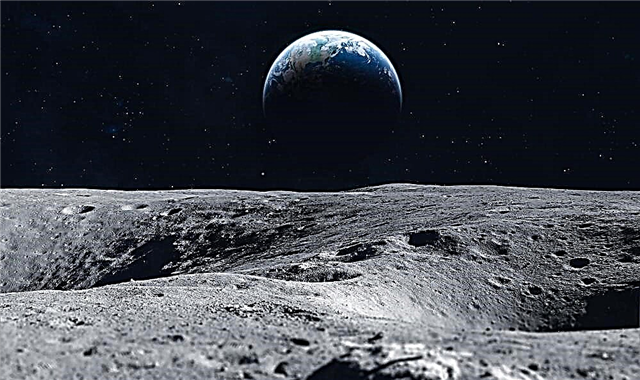Ivan Stepanovich Konev (1897-1973) - Soviet commander, Marshal of the Soviet Union (1944), twice Hero of the Soviet Union, holder of the Order of Victory. Member of the Central Committee of the CPSU.
There are many interesting facts in Konev's biography, which we will talk about in this article.
So, before you is a short biography of Ivan Konev.

Biography of Konev
Ivan Konev was born on December 16 (28), 1897 in the village of Lodeino (Vologda province). He grew up and was brought up in the family of a wealthy peasant Stepan Ivanovich and his wife Evdokia Stepanovna. In addition to Ivan, a son, Yakov, was born in the Konev family.
When the future commander was still small, his mother died, as a result of which his father remarried with a woman named Praskovya Ivanovna.
As a child, Ivan went to a parish school, which he graduated in 1906. Then he continued to receive education at a zemstvo school. After graduation, he started working in the forestry industry.
Military career
Everything went well until the outbreak of the First World War (1914-1918). In the spring of 1916, Konev was called up to serve in the artillery troops. He soon rose to the rank of junior non-commissioned officer.
After demobilization in 1918, Ivan took part in the Civil War. He served on the Eastern Front, where he seemed to be a talented commander. An interesting fact is that he participated in the suppression of the famous Kronstadt uprising, being the commissar of the headquarters of the army of the Far Eastern Republic.
By that time, Konev was already in the ranks of the Bolshevik Party. At the end of the war, he wanted to connect his life with military activities. The guy improved his "qualifications" at the Military Academy of the Red Army named after. Frunze, thanks to which he was able to become the commander of a rifle division.

A year before the outbreak of World War II (1939-1945), Ivan Konev was entrusted to lead the 2nd separate Red Banner Army. In 1941 he was already a lieutenant general, commander of the 19th Army.
During the Battle of Smolensk, the formations of the 19th Army were surrounded by the Nazis, but Konev himself was able to avoid captivity, having managed to withdraw the army management together with the communications regiment from the encirclement. After that, his soldiers took part in the Dukhovshchinsky operation.
It is interesting that Ivan's actions were highly appreciated by Joseph Stalin, with whose assistance he was entrusted to lead the Western Front, and was also promoted to the rank of colonel-general.
Nevertheless, under the command of Konev, the Russian soldiers were defeated by the Germans at Vyazma. According to various estimates, the human losses on the part of the USSR ranged from 400,000 to 700,000 people. This led to the fact that the general could be shot.
Obviously, this would have happened if not for the intercession of Georgy Zhukov. The latter proposed to appoint Ivan Stepanovich as the commander of the Kalinin Front. As a result, he took part in the battle for Moscow, as well as in the battle of Rzhev, where the Red Army did not achieve much success.
After that, Konev's troops suffered another defeat in the Kholm-Zhirkovsky defensive operation. Soon he was entrusted with leading the Western Front, but due to unjustified human losses, he was assigned to command the less significant North-Western Front.
However, even here Ivan Konev was unable to realize his goals. His troops failed to achieve success in the Old Russian operation, as a result of which in the summer of 1943 he took command of the Steppe Front. It was here that the general fully demonstrated his talent as a commander.

Konev distinguished himself in the Battle of Kursk and the battle for the Dnieper, participated in the liberation of Poltava, Belgorod, Kharkov and Kremenchug. Then he carried out the grandiose Korsun-Shevchenko operation, during which a large enemy grouping was eliminated.
For a job well done in February 1944, Ivan Konev was awarded the title of Marshal of the USSR. The following month, he conducted one of the most successful offensives of the Russian troops - the Uman-Botoshan operation, where in a month of fighting his soldiers advanced 300 km west.
An interesting fact is that on March 26, 1944, Konev's army was the first in the Red Army, which managed to cross the state border, entering the territory of Romania. After a series of successful battles in May 1944, he was entrusted to lead the 1st Ukrainian Front.
During that period of his biography, Ivan Konev gained a reputation as a talented commander, capable of skillfully conducting defensive and offensive operations. He was able to brilliantly implement the Lvov-Sandomierz operation, which was described in textbooks on military affairs.
In the process of the offensive of Russian soldiers, 8 enemy divisions were encircled, the western regions of the USSR were de-occupied, and the Sandomierz bridgehead was occupied. For this, the general was awarded the title of Hero of the Soviet Union.
After the end of the war, Konev was sent to Austria, where he led the Central Group of Forces and was the High Commissioner. Upon returning home, he served in the military ministries, enjoying great respect from his colleagues and compatriots.
At the suggestion of Ivan Stepanovich, Lavrenty Beria was sentenced to death. An interesting fact is that Konev was among those who supported the expulsion of Georgy Zhukov from the Communist Party, who once saved his life.
Personal life
With his first wife, Anna Voloshina, the officer met in his youth. In this marriage, a boy Helium and a girl Maya were born.
Konev's second wife was Antonina Vasilyeva, who worked as a nurse. The lovers met at the height of the Great Patriotic War (1939-1941). The girl was sent to the general to help with the housework when he was recovering from a serious illness.
In this family union, a daughter, Natalya, was born. When the girl grows up, she will write the book "Marshal Konev is my father", where she will describe many interesting facts from the biography of her parent.
Death
Ivan Stepanovich Konev died on May 21, 1973 from cancer at the age of 75. He was buried at the Kremlin wall, with all the honors that are due.
Photo by Ivan Konev







